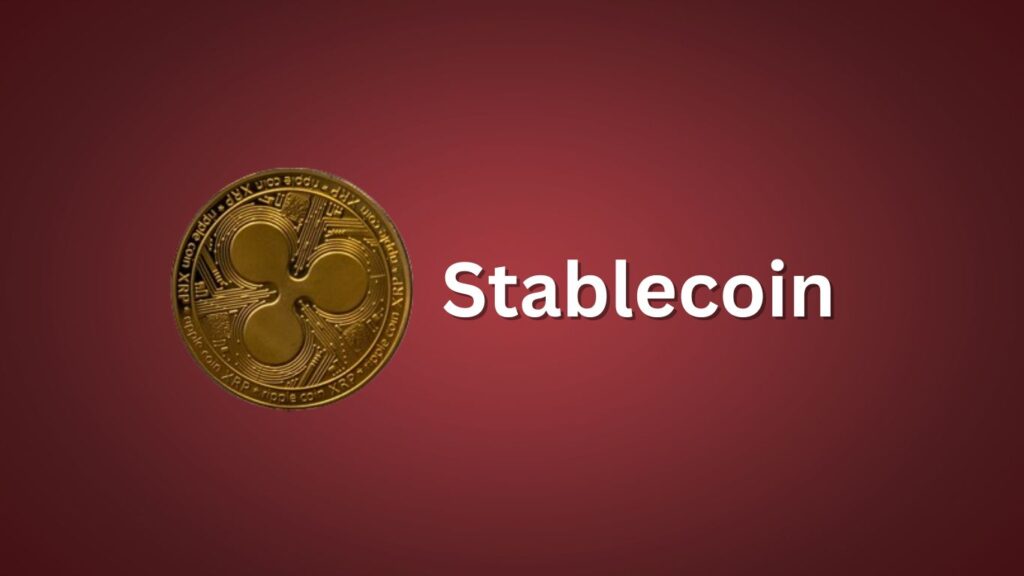Ripple, a prominent player in the global payment solutions sector leveraging blockchain technology, has made a notable strategic move: it has entered the stablecoin market. CEO Brad Garlinghouse made this announcement, marking a substantial expansion of Ripple’s offerings and positioning the company as a strong competitor against established stablecoin providers like Tether and Circle.
The stablecoin market is currently valued at $150 billion and is forecasted to reach $2.8 trillion by 2028. Ripple intends to capitalize on this growing market by introducing its stablecoin.
This action broadens Ripple’s influence across both institutional and DeFi domains, expanding use cases and strengthening their payment infrastructure to bridge the gap between traditional and decentralized finance sectors.
Garlinghouse highlighted several significant factors driving Ripple’s entry into the stablecoin market. Drawing on its strong reputation, steadfast commitment to regulatory compliance, solid financial standing, and extensive global network, Ripple aims to instill confidence in its upcoming stablecoin venture. The forthcoming stablecoin pegged to the U.S. dollar will be fully backed at a 1:1 ratio by a blend of dollar deposits, U.S. government bonds, and cash equivalents, promising users steadfast stability and security.
As part of its efforts to enhance transparency, Ripple has committed to releasing monthly attestation reports, although the identity of the auditing firm has not been disclosed. This initiative highlights Ripple’s ambition to position itself as a trustworthy and secure participant in the stablecoin market, addressing concerns surrounding the reliability of current options.
Ripple’s strategic maneuver demonstrates a comprehensive understanding of the current dynamics in the stablecoin market and the regulatory challenges it faces. CEO Garlinghouse specifically mentioned instances of “de-pegging” events observed in major stablecoins like Tether’s USDT and Circle’s USDC, which have raised doubts about their stability and credibility. By leveraging its existing regulatory licenses in key jurisdictions such as New York, Ireland, and Singapore, Ripple aims to offer a more compliant and secure stablecoin solution. This proactive approach directly addresses concerns regarding reserve backing and transparency in existing stablecoins, providing a regulated alternative for market participants
Ripple’s vision for its stablecoin extends beyond providing a reliable digital currency. The company sees it as an integral asset within the XRP ecosystem, enhancing liquidity and enabling additional use cases for XRP. CEO Garlinghouse emphasized the importance of stablecoins in Ripple’s payment processes, highlighting the integration of the stablecoin on the XRP Ledger in response to user needs. This integration aims to strengthen the XRP ecosystem by increasing liquidity and creating new opportunities for developers and users.
Furthermore, Ripple’s plan to introduce the stablecoin on both the XRP Ledger and Ethereum blockchains highlights its commitment to interoperability and accommodating users’ needs. This strategy aims to cater to a wide range of users in institutional and DeFi environments, ensuring comprehensive accessibility and adaptability.
Ripple’s entry into the stablecoin market is viewed as a strategic move that leverages its established strengths while diligently tackling existing market challenges. With a focus on transparency, regulatory compliance, and interoperability, Ripple aims to establish itself as a leading player in the stablecoin sector, shaping the future direction of secure and reliable digital currencies.
Also See: Bitcoin: Pre-Halving Jitters? Spot ETFs Gain Despite Market Correction

